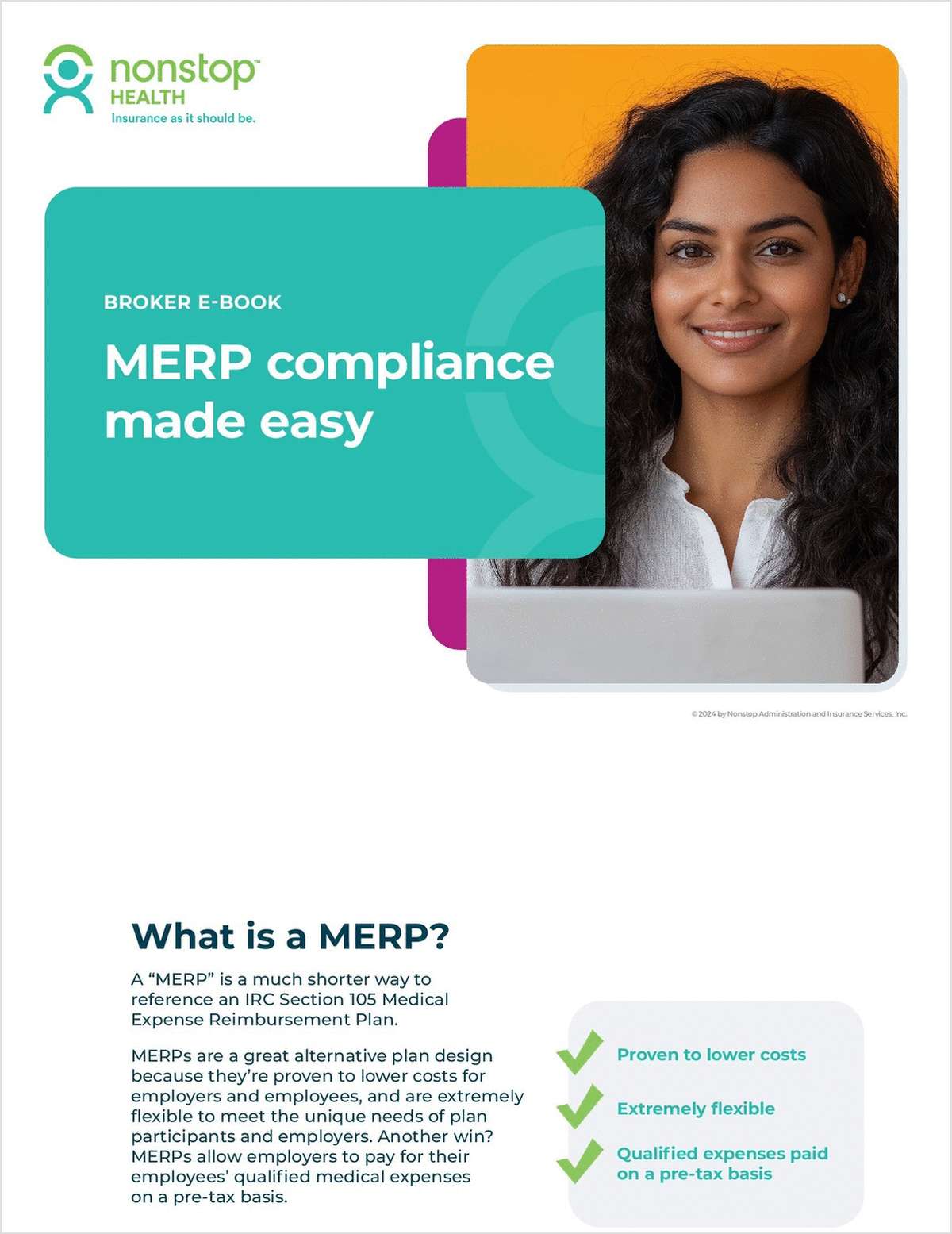At the end of 2014, U.S. household retirement assets totaled a whopping $27 trillion (according to the latest edition of the Federal Reserve’s Flow of Funds Report.) Those assets, the great majority of which enjoy some degree of tax advantage, are spread across various sectors of the system: IRAs, pension plans, 401(k) plans and so on.
The single largest slice is IRAs, at $7.3 trillion. Employment-related plans account for most of the remainder, with private, federal and state/local government defined benefit pension plans respectively representing $3.1 trillion, $3.3 trillion and $4.9 trillion. Defined contribution plans total $6.3 trillion (the great majority of which is in private sector plans.
A few observations:
1. Public sector vs. private sector At least $9 trillion of the $27 trillion total represents public sector workers (possibly more, to the extent they also hold IRAs and annuities at insurance companies.) Yet (according to the Congressional Research Service) the public sector represents only around 16% of total employment. This implies that the average public sector worker has more than double the retirement assets of the average private sector worker. A large part of that is due to differences in coverage: a much greater proportion of the private sector workforce has no retirement savings vehicle at all. It’s certainly the case that the question of coverage is a hot topic among legislators at present.
Even allowing for the significant part of the private sector workforce with no retirement savings at all, the public sector seems to fare better; this conclusion is consistent with the Congressional Budget Office’s own findings in 2012 that “on average, the [non-wage] benefits earned by federal civilian employees cost 48 percent more than the benefits earned by private-sector employees with certain similar observable characteristics.”
2. Defined benefit vs. defined contribution Public sector retirement assets are heavily concentrated in defined benefit (DB) plans, while the majority of private sector assets is in defined contribution (DC) plans. In a DB plan, it is the employer who gains or loses from fluctuations in investment values, while in a DC plan, that investment risk falls on the individual. Private sector employers have been moving away from DB plans toward DC for many years, not least because they have become increasingly unwilling and/or unable to bear that investment risk. Hence private sector assets in 401(k) and other DC plans now total $5.4 trillion, more than 40% above their value at the end of 2010.
3. Some parts of the system are more efficient than others It is obviously desirable that the retirement system works as cost-effectively as possible. Once it became clear that the primary retirement savings vehicle for the private sector had become DC, not DB, expectations rose. As Josh Cohen argued in the latest issue of Russell Communiqué: “DC plans are institutional programs—start treating them that way.” He’s not alone in that view: that’s why there’s been so much focus on fees, for example.
DC plans are, however, easier to run cost-effectively than the one slice of the pie above that has grown faster than they have over the past 4 years: IRAs. IRA growth has been driven by rollovers from qualified plans (which is where most IRA assets start out). But IRAs serve individuals not institutions, so costs tend to be higher. The changing shape of the retirement system does not make it easy to drive overall costs down.
Building pressure for change
In a recent blog, I described (in the context of the White House’s budget proposals) how budgetary considerations, a growing focus on coverage, questions of efficiency, and several other pressure points are leading to a growing likelihood of change in the retirement system. A number of proposals are circulating at the federal and the states level. A lot is in play: a system that has grown to $27 trillion cannot expect to avoid legislative attention.
Complete your profile to continue reading and get FREE access to BenefitsPRO, part of your ALM digital membership.
Your access to unlimited BenefitsPRO content isn’t changing.
Once you are an ALM digital member, you’ll receive:
- Breaking benefits news and analysis, on-site and via our newsletters and custom alerts
- Educational webcasts, white papers, and ebooks from industry thought leaders
- Critical converage of the property casualty insurance and financial advisory markets on our other ALM sites, PropertyCasualty360 and ThinkAdvisor
Already have an account? Sign In Now
© 2024 ALM Global, LLC, All Rights Reserved. Request academic re-use from www.copyright.com. All other uses, submit a request to [email protected]. For more information visit Asset & Logo Licensing.








